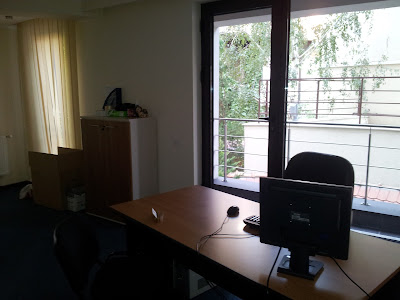There were a lot of questions for Zimplu CRM regarding the updates we will make to our web application and it is time to announce some future changes that will take place at the begining of 2013. These changes will make Zimplu stronger and a more reliable application for entrepreneurs and managers within companies.
Specific access rights for Users
Companies organise their salesmen and sales teams different, and most of the time they have to hide information from the database between their employees. This feature is required not for the security of the database but for organising employees better, for keeping suspicion out, and for keeping a fair relation between salesmen. Starting from 2013 you will be able to create more detailed rights for your users, which means that every employee can have a set of specific rights when using Zimplu.
Exporting Database
If you have a Zimplu CRM account and at some point you decide that Zimplu is not the right application for your Business, there will always be a way to leave us without any damage to your database. We have been working for the past few months for the coming updates, and exporting your database will be one of the features we will implement in short time. Not only that you will be able to export your companies, contacts, or tasks, but you will also be able to export all of your deals (opportunities).
Importing Opportunities
One other issue our clients encountered was that even if Zimplu CRM can import your database, there was no way of importing your deals from other CRM applications you have used until now. Once this update will be ready, you will be able to import all of your opportunities from other web applications you used until now, and continue with your sales pipeline using Zimplu.
Advanced Filtering
Sorting your database has never been so easy. After the Zimplu update in 2013 you will be able to select companies, contacts, tasks, opportunities from your database depending on the existing fields in your Zimplu account, and using the advance filtering you will be able to generate reports by exporting the filtered list you just created in Zimplu.
We hope these changes will make our clients even more happy for working with us as we will continue to update Zimplu while keeping it an easy to use application for Small and Medium Businesses.



























